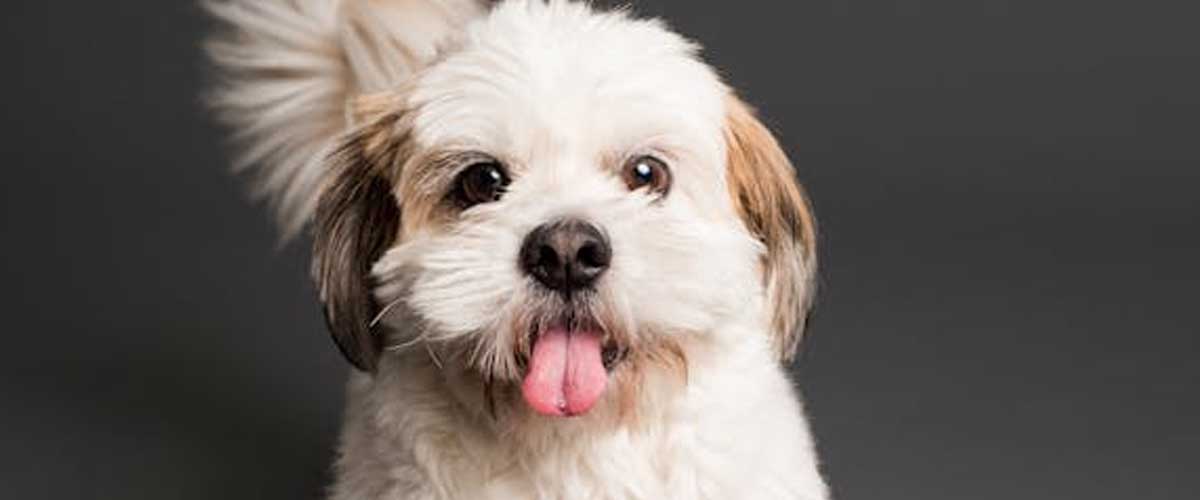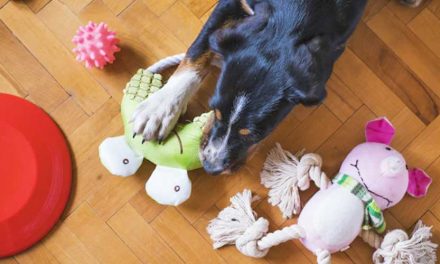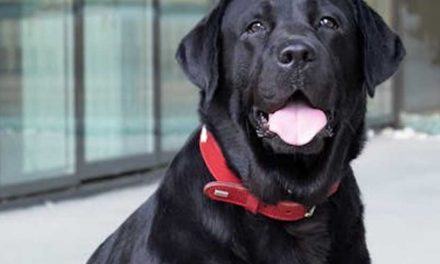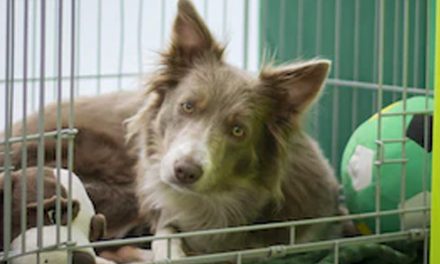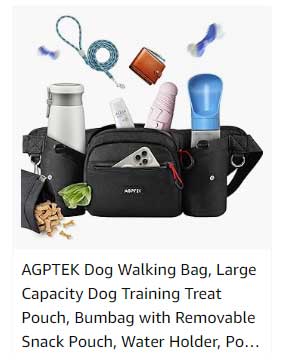Teaching your puppy to “stay” is an essential command that can help keep them safe and well-behaved.
Whether you’re in the park, at home, or in a busy environment, here’s a structured approach to training your puppy to stay, tailored for different scenarios.
1. Basic Understanding of “Stay”
Before venturing into different locations, ensure your puppy understands the concept of “stay.”
Here’s how to start:
Choose a Quiet Space:
Begin in a familiar and distraction-free area, like your living room.
Use a Leash:
Keep your puppy on a leash to prevent them from wandering off.
Command and Reward:
Hold a treat, say “stay,” and step back.
If your puppy remains in place, reward them immediately.
Start with short durations and gradually increase the time.
2. Practicing in Different Locations
Once your puppy has a good grasp of staying in a quiet environment, practice in various settings:
A. At Home/Kitchen:
While you’re cooking, have your puppy stay in a designated spot.
This helps instill discipline in a busy area.
Living Room:
Use family gatherings as an opportunity.
Ask your puppy to stay while people move around. Reward them for remaining calm.
B. In the Park – On-Leash:
Take your puppy to a park on a leash and practice “stay.”
Gradually increase the distance you step away.
Distractions:
Start with low distractions, like sitting on a park bench.
As your puppy gets better, introduce other people and dogs, rewarding them for staying focused.
C. In Public Spaces – Busy Areas:
Once your puppy is reliable, practice at places with more distractions, like a pet store or outdoor café.
Duration:
Ask your puppy to stay while you walk away briefly.
Start small, and gradually increase the distance.
D. In the Car – Safety First:
Teach your puppy to stay in the car before opening the door.
Command them to stay while you open the door and get out first.
3. Reasons to Use “Stay”
Understanding why to use the “stay” command can reinforce its importance:
Safety:
Prevent your puppy from running into the street or getting into dangerous situations.
Behaving Around Guests:
Keeping your dog calm when visitors arrive can be crucial for a stress-free environment.
Control:
Helps manage your puppy’s excitement in crowded places or during walks.
Socializing:
Assists in teaching them to settle down when meeting new dogs or people.
4. General Tips for Success – Consistency:
Use the same command and gestures every time. – Patience.
If your puppy struggles, go back to simpler steps and gradually build up.
Short Sessions: Training in short bursts (5-10 minutes) helps maintain their attention.
Positive Reinforcement: Always reward them with treats, praise, or play for successful stays.
5. Troubleshooting Common Issues – Puppy Breaks the Stay:
If your puppy breaks the stay, calmly bring them back and start over.
Avoid scolding; instead, focus on reinforcing positive behavior.
Distraction Difficulty:
If your puppy struggles with distractions, return to a less stimulating environment and gradually work back up to busier areas.
Inconsistent Responses:
If they seem unsure, re-establish the command in familiar places before challenging them in new locations.
By teaching your puppy to stay in various locations and for different reasons, you’re helping them become more confident and secure.
With practice, patience, and positive reinforcement, “stay” can become one of your puppy’s most valuable commands. Happy training!

